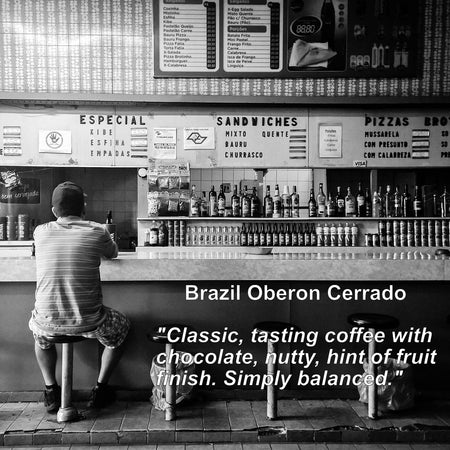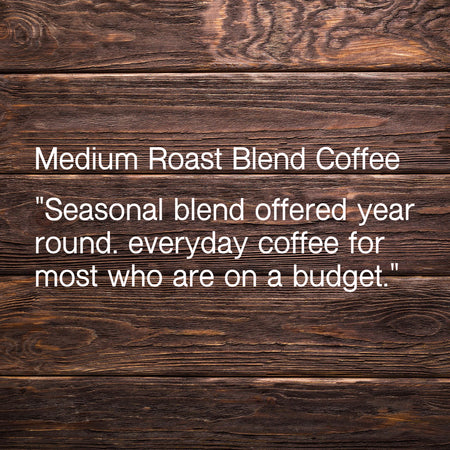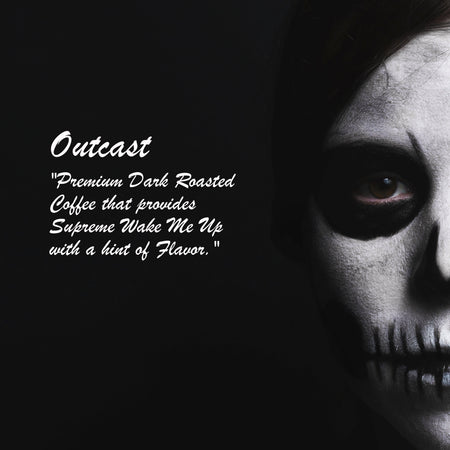Have you ever wondered why the coffee you enjoy at your favorite café never quite tastes the same when you try to recreate it at home? You've invested in quality beans, a decent grinder, and perhaps even splurged on brewing equipment—yet something still feels missing.
The answer might be simpler than you think: water.
More Than Just a Solvent
Water makes up over 98% of your cup of coffee, yet it's the component we pay the least attention to. Most coffee enthusiasts obsess over bean origin, roast profile, grind size, and brewing temperature—all while overlooking the crucial role water plays in extraction and flavor development.
I recently experimented with Third Way Water, a product that transforms distilled water into optimized brewing water using mineral packets, and the difference was stunning. Coffee I thought I knew well suddenly revealed flavor notes I hadn't tasted in months.
The Science Behind Better Water
Standard tap water varies dramatically depending on your location. Some areas have extremely hard water with high mineral content that can create bitter, flat-tasting coffee. Other regions have softer water that might produce weak, sour brews. Both extremes can mask the delicate flavors coffee roasters work so hard to develop.
The solution isn't complicated: start with a blank slate (distilled water) and add back precisely the minerals needed for optimal extraction and flavor. The right mineral balance enhances sweetness, acidity, and body while highlighting the characteristic flavors of each coffee.
Beyond Flavor: Protecting Your Investment
While better-tasting coffee is reason enough to consider water quality, there's another compelling benefit: equipment longevity.
Scale buildup—that chalky residue you might notice on your shower head—affects coffee equipment in the same way. Over time, mineral deposits accumulate inside brewing equipment, slowing water flow and affecting temperature consistency. This not only changes how your coffee tastes but can eventually damage expensive equipment.
As one coffee professional pointed out, "If you have really bad water, it can break a $5,000 home espresso machine in a year." For those investing hundreds (or thousands) in quality equipment, proper water becomes not just a flavor enhancer but a form of protection.
Finding Your Water Profile
What makes water optimization particularly interesting is that it's not one-size-fits-all. Different coffee roast levels pair better with different mineral compositions:
- Light roasts benefit from water that enhances brightness and fruit notes
- Medium roasts work well with balanced mineral content for all-around flavor development
- Dark roasts pair with water that minimizes ashy notes and enhances chocolatey flavors
- Low acid profiles can make coffee more accessible for those with sensitive stomachs
This customization allows you to enhance the characteristics you already enjoy in your coffee, making good coffee great without changing your preferred beans or brewing method.
Coffee Palates Evolve
Fascinatingly, our coffee preferences tend to evolve throughout our lives. Many specialty coffee enthusiasts start with an appreciation for bright, acidic light roasts but gradually find themselves drawn to the comfort of medium or dark roasts as their palates mature.
This mirrors how our taste preferences change in other areas—from craving intensely sweet foods in childhood to appreciating bitter and complex flavors as adults. The coffee industry itself seems to operate in cycles, with light roasts dominating specialty coffee in recent years after decades of dark roast supremacy.
Water optimization allows you to enhance whatever coffee style you currently enjoy while giving you the flexibility to experiment as your preferences evolve.
The Pride of Mindful Consumption
There's something deeply satisfying about caring for the things we own. Whether it's maintaining a vehicle, preserving kitchen knives, or protecting coffee equipment, taking care of our possessions creates a connection to them that goes beyond mere utility.
Using optimized water adds another dimension to the ritual of coffee brewing—another small act of intentionality that elevates the experience. It's a reminder that sometimes the most impactful improvements come not from expensive upgrades but from careful attention to fundamentals.
Worth a Try?
At around $17 for a box that lasts months, water optimization represents a small investment compared to specialty beans or equipment upgrades. Whether you're seeking to bring out the best in your coffee or protect your brewing equipment from scale damage, addressing water quality offers significant returns.
The only way to know if it makes a difference for your specific setup is to try it—with the reassurance that those mineral packets won't expire if you decide to set them aside.
For those who take pride in their coffee routine, it's another tool to elevate the experience—helping bridge the gap between café-quality coffee and what's possible in your own kitchen.



